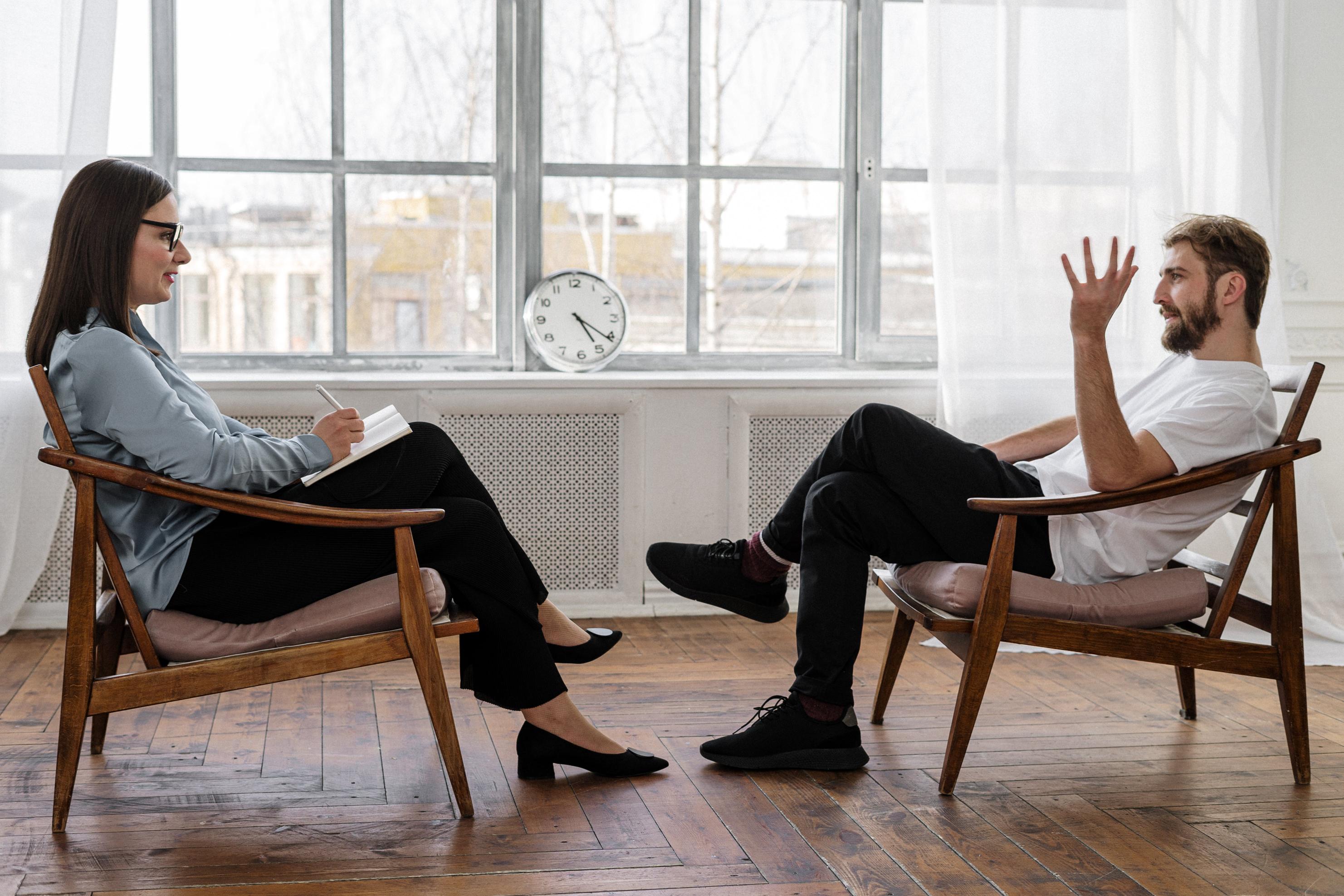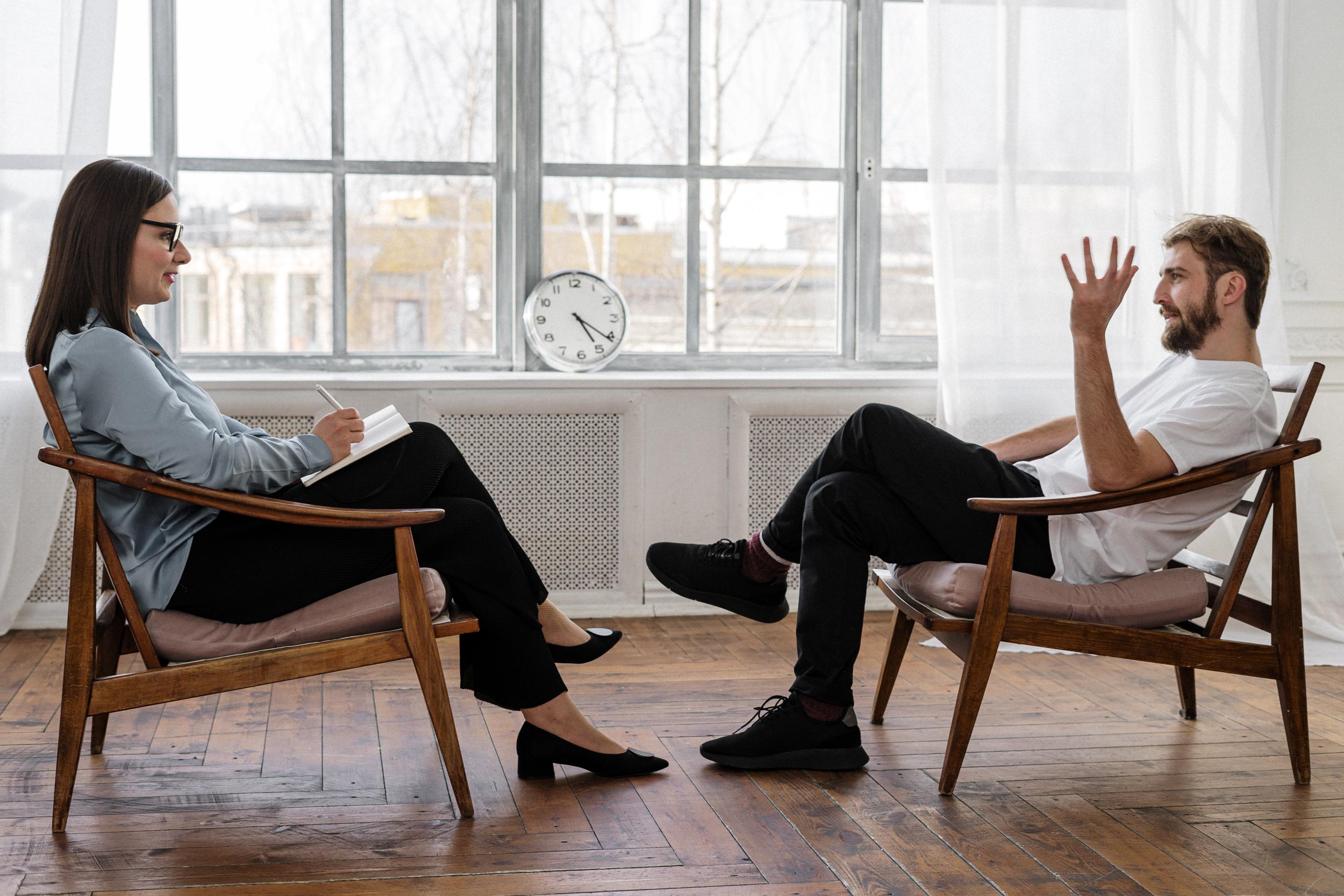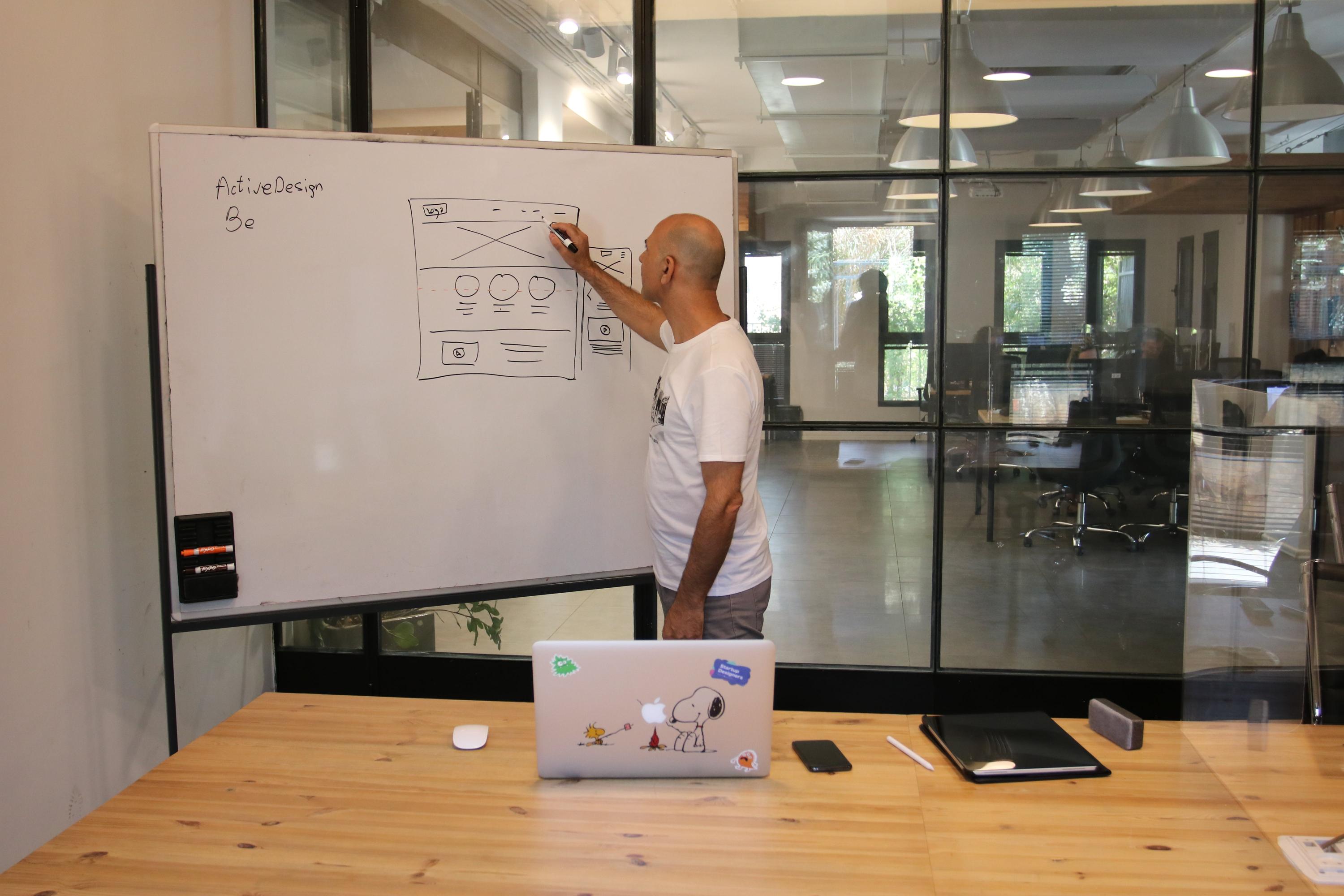Welcome to the fascinating world of user experience (UX) where the power of emotion takes center stage. In this post, we delve deep into the art and science of Incorporating Emotional Design in UX, a pivotal strategy that transforms user interfaces from merely functional to profoundly resonant.
Emotional design isn’t just about making products look good; it’s about creating a connection, evoking feelings, and ultimately, enhancing user engagement. As we explore the nuances of this approach, you’ll discover how to weave emotional elements into your UX design process to captivate and retain users like never before. Join us on this journey to unlock the full potential of emotional design in the UX landscape.
Understanding emotional design in ux: the basics and importance

Understanding Emotional Design in UX: The Basics and ImportanceDelve into the vibrant world of emotional design within the realm of user experience (UX), and you’ll soon uncover a kaleidoscope of elements that transform mere interfaces into emotive, memorable encounters. Incorporating emotional design into UX is less about embellishment and more about crafting a dialogue between product and user, one that resonates on a profoundly human level.
When wielded with skill, emotional design marries function with feeling, making digital interactions as enriching and intuitive as a conversation with an old friend. At the heart of emotional design lies the recognition of users as more than just point-and-click entities; they are complex beings brimming with emotions, desires, and biases. This realizing prompts the creation of user experiences that cater to emotional responses.
For example, a fitness app might use motivational and rewarding sound bites to inspire a sense of achievement, or an online bookstore could harness the nostalgia of a physical library through tactile imagery and ambient sound. It’s this nuanced approach that fosters a connection, persuading users to return not just for the service provided but for the feelings elicited. But why is emotional design paramount?
The answer is simple: it’s a cornerstone in building user loyalty and engagement. When a user forms an emotional bond with an application or website, they are more likely to forgive minor frustrations and promote the product through word-of-mouth.
Remember that delightful animation when sending an email or the calming colors of a meditation app? These are intentional designs choices echoing the designer’s understanding of the user’s emotional landscape.
This empathy maps out paths to not just meet but exceed user expectations, which is of the highest order in the crowded marketplace of digital experiences. In conclusion, the adoption of emotional design within UX is not just a trend, but a vital aspect of user-centered design that can propel the user journey from satisfactory to sensational. It’s a thread that weaves together aesthetics, psychology, and technology, therefore, a design that doesn’t consider emotion runs the risk of becoming as obsolete as a floppy disk in the age of the cloud.
By prioritizing emotional design, one crafts a tapestry of meaningful interactions that resonate well beyond the last click.
The psychology behind emotional design: how emotions affect user experience

**The Psychology Behind Emotional Design: How Emotions Affect User Experience**Incorporating emotional design in UX isn’t just an art; it’s a strategic element that infuses psychological principles into the user experience. A brainchild of cognitive science and aesthetics, this fusion is where functionality meets the human touch.
Emotional design targets the affective aspects of the users’ interaction with products, aiming to elicit specific feelings and making the experience deeply personal and memorable. It’s about understanding that each swipe, click, and tap is more than a transaction; it’s a conversation with the human psyche. First off, consider the allure of an elegantly crafted app.
It’s not just the sleek interface that wins the heart but also the way it resonates emotionally with the user. When the color palette isn’t an arbitrary decision, but a thoughtful selection aimed at invoking calmness or energy, it demonstrates the power of emotional design. Similarly, the tactile feel of a button or the satisfying ping of a notification can make technology feel less like a tool and more like a companion.
These subtle elements of design hold a silent dialogue with our emotions, shaping our experience and our perception of the brand. But emotional design isn’t all about the superficial charm—it has depths that reach far into our cognitive core.
By leveraging known psychological triggers, such as the reward system, UX designers can create experiences that not only captivate users but also turn them into loyal advocates. Take, for example, the thrill of unlocking an achievement in a game or the sense of accomplishment from completing a complex task within an app.
These positive reinforcements ripple through our emotional ponds, creating experiences that stick. When the design takes into account the user’s emotional journey, every interaction can be transformed into a story that users are eager to relive and share. In the end, emotional design is the secret ingredient that can turn a good user experience into a great one.
By appealing to emotions, designers weave a narrative that extends beyond the screen, forging a bond between users and products. And in a world where users’ feelings have the final say, designing with emotions in mind is not just beneficial, it’s essential. So next time you encounter a product that makes you feel just right, tip your hat to the unsung hero: emotional design.
Practical strategies for incorporating emotional design in ux projects

Practical Strategies for Incorporating Emotional Design in UX ProjectsEmotional design is about crafting experiences that resonate with users on a personal level, inviting a sense of connection and delight that extends beyond the mere utility of a product or service. When woven into the fabric of UX, emotional design can transform a user’s experience from functional to memorable, offering a more holistic interaction that speaks to not just the mind, but also the heart.
However, the incorporation of such a nuanced element into your UX design projects requires a thoughtful strategy and a dash of creative flair. To bring emotional design to the forefront of your UX endeavours, it’s essential to start with a deep understanding of your user base. This begins with the creation of detailed user personas — comprehensive archetypes that embody the goals, desires, and emotional drivers of your actual users.
By empathizing with the personas, designers can tailor the experience in a way that triggers the desired emotional response. For instance, a financial app user might feel empowered and relieved when complex jargon is replaced with simple, reassuring accompanied by comforting visuals, taking an otherwise stressful task and turning it into a moment of triumph and clarity.
Furthermore, harnessing the ability of color, typography, and imagery is central to evoking specific emotions. The power of color psychology, for example, can be leveraged to induce calmness with blues or spark excitement with reds. Typography also plays a pivotal role; imagine a wellness app that uses soft, rounded fonts to emanate comfort, as opposed to a stark, bold typeface that might evoke strength and determination in a fitness app.
Imagery seals the emotional deal by serving up visual metaphors that users can relate to on an instinctual level. When a task management app uses imagery of open spaces and serene landscapes, it promises a user an oasis of calmness and control amidst the chaos of their to-do lists.
Incorporating emotional design isn’t a whimsical touch — it’s a strategic move towards creating engaging, enduring user experiences. Through understanding your user, subtly weaving in emotional cues via the visual , and constantly testing to ensure these elements truly resonate, one can craft a UX that doesn’t just serve a purpose, but elicits a feeling. After all, in the digital age where users are spoilt for choice, it’s often not about what your product does, but how it makes people feel that sets you apart from the rest.
Case studies: successful emotional design in action
### Case Studies: Successful Emotional Design in ActionIn the realm of user experience (UX), incorporating emotional design can elevate a product from functional to unforgettable. Emotional design targets users’ feelings, forging a deeper connection between the user and the product. This nuanced layer of design focuses on evoking specific emotions that resonate with the user, ensuring a memorable and engaging experience.
Let’s delve into some case studies that showcase the triumphant application of emotional design in UX. One shining example is the global tech titan, Apple.
With its clean aesthetics and intuitive interface, Apple’s design philosophy hinges on evoking a sense of wonder and ease. Look no further than the iPhone: with each iteration, it’s not just the tech that’s upgraded, but the user’s emotional journey is also refined.
The subtle 'click’ sound when taking a picture or the satisfying haptic feedback when performing a task isn’t merely functional; they reinforce the feeling of efficiency and joy in the user’s interaction with the product. Moving beyond the tactile, the video game industry offers a masterclass in emotional design through storytelling and player immersion. Take 'Journey’ by Thatgamecompany as a poignant case in point.
This game is built around the emotional arc of the hero’s journey, where visual and sound design pair with the narrative to evoke feelings of solitude, awe, and camaraderie, without a single line of dialogue. The result is an immersive experience that players describe as moving and profound, showcasing the power of emotional design in creating a deep connection with the user. Through thoughtful emotional design, products become more than tools; they transform into companions on our digital journey, resonating on a human level and etching themselves into the fabric of our daily lives.
These case studies underline that the future of UX is not just about solving problems, but about touching hearts and minds in the process.
Measuring the impact of emotional design on user engagement and satisfaction
Emotional design is an often-overlooked aspect of user experience (UX) that wields significant power over user engagement and satisfaction. At its core, emotional design aims to elicit positive feelings from users, thereby creating a deeper connection between them and the digital product.
It’s the gentle art of infusing a sense of delight, comfort, or even excitement into the user’s journey. After all, a digital experience is akin to a dialogue between the user and the technology, and what better way to engage in a conversation than to strike the right emotional chord?The impact of emotional design on user engagement can be profound.
By taking a deep dive into the psychology of their users, UX designers can strategically integrate elements such as color theory, typography, and micro-interactions that resonate on an emotional level. A classic example can be found in the playful interaction design of platforms like Duolingo, where the use of vibrant colors, animations, and a friendly mascot creates an enjoyable learning environment.
This isn’t merely about aesthetics, but about creating an ecosystem where users feel rewarded and motivated, thus increasing the likelihood of continual engagement. When it comes to user satisfaction, emotional design can be a game-changer. It can transform a mundane task into something pleasurable, turning potential frustration into a memorable experience.
Consider the case of a banking app that utilizes a warm color palette to evoke security and employs friendly to demystify complex financial information. By doing so, it cultivates trust and clarity—key emotions that lead to higher user satisfaction. The efficacy of this approach is not just hypothetical; metrics like Net Promoter Score (NPS) and customer retention rates often see a measurable uptick when emotional design principles are applied with finesse.
Incorporating emotional design in UX is not merely about embellishments or afterthoughts; it’s about thoughtful integration into the overall design process. It’s an acknowledgment that the products we create are not just tools but participants in the human experience.
By measuring and understanding the impact emotional design has on user engagement and satisfaction, we open the door to creating experiences that are not just used, but loved.
Nasza rekomendacja video
Summary
Incorporating emotional design in UX is about creating products that evoke positive feelings in users, fostering a deep connection and enhancing the overall experience. By understanding and designing for emotions, UX designers can craft interfaces that are not only functional but also resonate on a human level, leading to increased user engagement and satisfaction.
FAQ
How does emotional design enhance user experience (UX) in digital products?
Emotional design enhances user experience in digital products by creating a deeper level of engagement and connection between the user and the product. By appealing to users’ emotions, designers can create more memorable, satisfying, and enjoyable experiences, which can lead to increased loyalty and usage. This approach often leverages aesthetics, storytelling, and interactive elements to evoke positive emotions and build a product that feels more personal and intuitive to the user.
What are the key principles of emotional design that UX designers should consider?
The key principles of emotional design that UX designers should consider include creating a positive emotional connection through aesthetically pleasing design elements, ensuring usability to foster a sense of competence and satisfaction, and incorporating storytelling and personality to create memorable experiences. Additionally, designers should aim to understand and design for the user’s emotional journey, considering the different emotional states a user might experience during interaction with the product.
Can emotional design in UX lead to better user engagement and retention? How?
Yes, emotional design in UX can lead to better user engagement and retention by creating a more compelling and satisfying user experience. By tapping into users’ emotions, designers can create a sense of connection and delight that resonates on a personal level, making products more memorable and enjoyable to use. This emotional bond can increase the likelihood of users returning to the product and advocating for it, as positive emotional experiences are often shared with others and can foster loyalty.
What are some common pitfalls to avoid when integrating emotional design into UX?
When integrating emotional design into UX, common pitfalls include neglecting user research, which can lead to misjudging the target audience’s emotional responses, overloading the user with too many emotional cues, which can be overwhelming or distracting, and failing to maintain consistency across the design, which can confuse users and dilute the emotional impact. It’s crucial to balance emotional elements with usability to ensure a seamless and positive user experience.
How can designers measure the impact of emotional design on user experience?
Designers can measure the impact of emotional design on user experience by conducting user surveys and interviews to gather subjective feedback, utilizing A/B testing to observe user interactions and preferences, and employing biometric methods such as eye-tracking or heart rate monitoring to capture users’ physiological responses to design elements. These methods can provide both qualitative and quantitative data on how emotional design influences user engagement, satisfaction, and overall experience.
What role does user research play in informing emotional design decisions in UX projects?
User research plays a crucial role in informing emotional design decisions in UX projects by providing insights into users’ emotional responses, needs, and preferences. It helps designers understand the context of use, the emotional goals of the user, and the triggers that can lead to positive or negative experiences. This understanding enables the creation of more empathetic and engaging designs that resonate with users on an emotional level, ultimately enhancing user satisfaction and loyalty.

